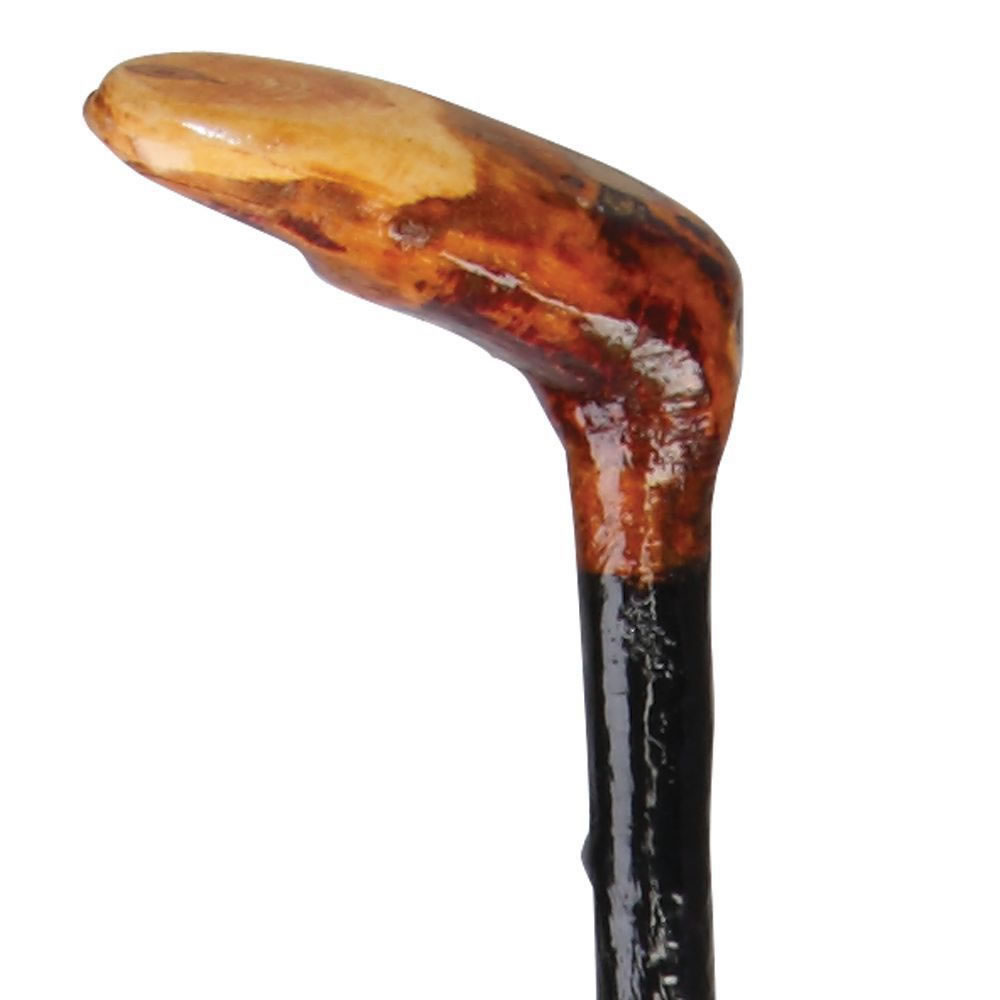

By 1773, Oxford shows that shillelagh was used to refer to a wooden cudgel, seemingly in reference to the famous oaks of the village/barony of Shillelagh. According to the Online Etymology Dictionary, the place name comes from the Irish for ‘descendants of Elach’, referring to the sept of an 8 th century Irish king in the Province of Leinster. The Oxford English Dictionary (OED) records the first use of shillelagh (spelled Shelela) in 1677 as the name of a village and barony in County Wicklow, Ireland, which was known for its oak forests. And just to be thorough, alternate spellings of shillelagh in English include: shelaly, shillaley, shillely, shillaly, shilley, shillela, shilala, shillala, shillalah, shilela, shilelah, shilelagh, shillealah, and shilelagh. The origin or etymology of the English word shillelagh is a bit convoluted. Finally, I offer some brief preliminary thoughts on the cultural importance of the shillelagh as a symbol, which I listen for through music. Then, I discuss the ways it is currently used in reference to the practice of Irish stick-fighting as shillelagh martial arts. First, I consider how the noun may have come into English. In this introductory blog post, I define the word shillelagh is three ways.


The shillelagh was originally used as a gentleman’s weapon in duels and disagreements. It’s not the size of the shillelagh, it’s how you use it: Some shillelaghs have molten lead added to the hitting end to increase the weight of the club.

The wood is honed into the perfect shape and then treated with butter or lard and placed in a chimney to cure. Blackthorn and oak, especially the root, are commonly used to craft shillelaghs. Shillelaghs are clubs or Irish walking sticks crafted from the stout, knobby branches of trees which are shaped into a heavy “hitting” end with varying lengths of handle. If you’re going to call yourself a true Celt, you may need to study up! Even if you can spell it without spellcheck, you might not know what a shillelagh is.


 0 kommentar(er)
0 kommentar(er)
